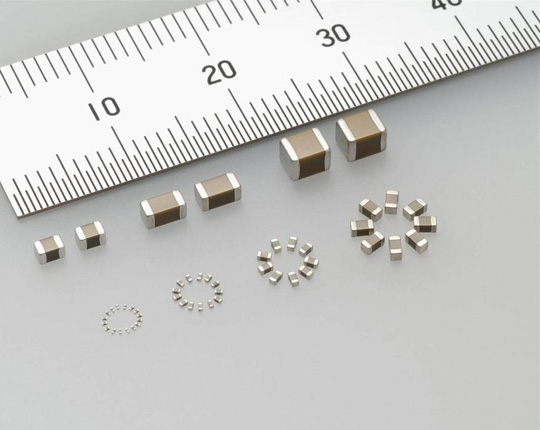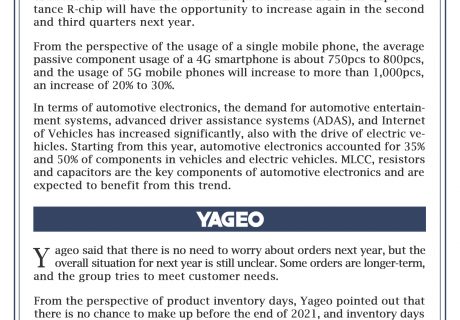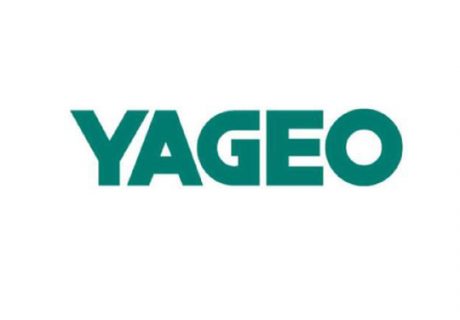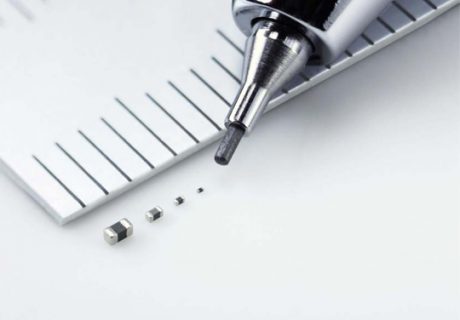According to report, in response to the trade war between China and the United States, Yageo plans to invest in Taiwan and plans to spend 10 billion yuan to set up a new plant in Kaohsiung.
Yageo is the world’s largest chip resistor factory with a market share of approximately 34%. It is also ranked as the world’s third largest MLCC producer with Taiyo Yuden, with a market share of approximately 13%. According to Yageo’s plan, it is estimated that by the end of the year, the monthly capacity of its chip resistors is expected to reach 120 billion pieces, and the monthly capacity of MLCC will increase to SO billion pieces. The monthly production capacity of 2019 and 2020 will increase by 10 billion pieces respectively, which means By the end of 2020, the monthly production capacity will reach 70 billion pieces.
Organisations in the US electronic components supply network are already having to pay import duty of 25% on many commodity electronic components that can only realistically be sourced in volume from China and manufacturers importing populated PCBs may soon have to pay an additional ten percent duty. This price increase is expected to have only a marginal impact of the profit margins of the majority of US-based electronic equipment manufacturers and in the short-term at least, will probably be absorbed rather than passed on as price increases to customers. Sadly, electronic manufacturing services (EMS) companies will not be able to absorb this price rise and prices charged to OEMs for populated boards will inevitably rise.
In April 2018 the US invoked a Section 301 action against some 1,600 Chinese manufactured imports including many electronic components, asserting that the country’s industrial policy has resulted in the transfer and theft of intellectual property (IP) and technology to the detriment of the US economy. The Chinese government lost no time in announcing its imposition of tariffs on US products at a similar financial level. On July 10th the US Trade Representative proposed imposing a tariff of ten percent on an additional $200B of imported Chinese goods across over 6,000 products, commencing in September 2018. A quick review of this list reveals that data switches / routers and printed circuit assemblies do figure among China’s high-value exports to the US but the majority are primarily low tech manufactured goods and foodstuffs, suggesting the US is seeking to target a much wider range of Chinese exporters. Perhaps the Chinese government will soon respond with some similar tariffs on US goods, but it is also possible that they may choose an alternative strategy because they realise that they have very little chance of economically winning an out-and-out trade war with the US.
The US does not stand alone. The EU has raised concerns with the World Trade Organisation (WTO) over Chinese state-controlled companies abusing the IP of European organisations, but no action is possible until a full investigation has been completed and reported upon. In the event that the WTO does find in the EU’s favour, the most effective punitive measure the community could take is by imposing its own import tariffs, raising the spectre of an increasingly global trade war. The hope is that with the increased commercial pressure the Chinese Government will address the concerns of the US and EU and modify the behaviour of its state-controlled organisations appropriately.
The passive component industry believes that the trade war has disrupted the layout of the passive electronic components industry, and the end customers began to adjust their inventory. They originally prepared for two months of inventory, and now they are only stocking for one month or even lower inventory. Because the future is full of uncertainty, customers are holding a wait-and-see attitude. However, as long as the trade war is over, market demand will pick up sharply.



















